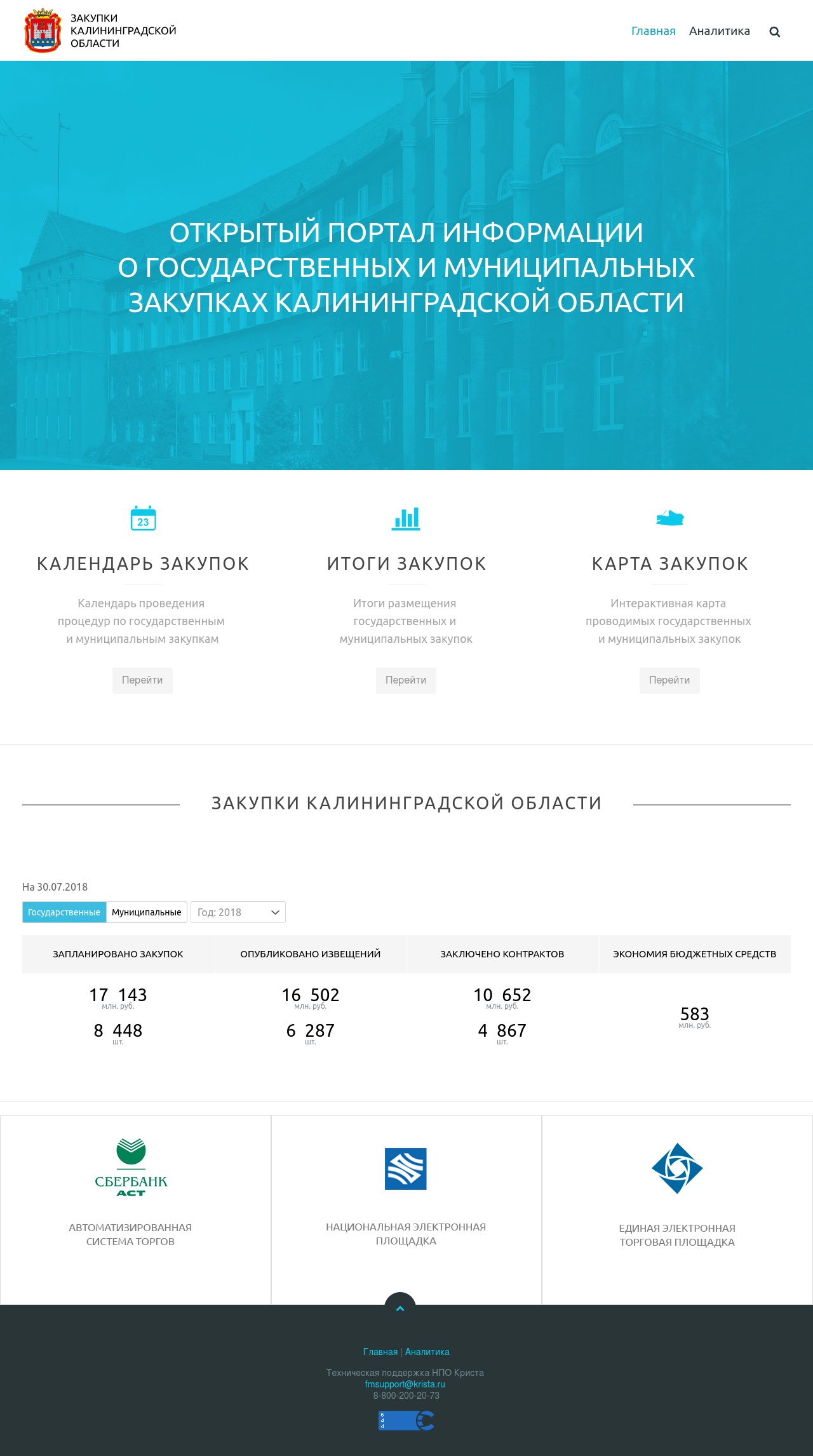Why Collaborative Forecasting with Suppliers Transforms Supply Chains
페이지 정보
작성자 Demetrius Kunkl… 작성일 25-09-21 03:11 조회 3 댓글 0본문
Collaborative forecasting with suppliers provides a high-impact approach to boosting supply chain efficiency, slashing costs, and improving service levels. When organizations engage deeply with their suppliers to project market needs, they escape siloed speculation and build a unified view of industry shifts. This cross-functional harmony drives more reliable forecasts, enabling both sides to align output with demand, аудит поставщика avoid stockouts, and maximize operational capacity.
One of the most significant gains is the effective dampening of the bullwhip effect, where small shifts in end-customer demand get magnified as they travel up the chain. By sharing real-time sales figures, disclosing cyclical trends, and communicating planned campaigns, suppliers can adjust production volumes with unprecedented accuracy, preventing overproduction and preventing shortages. The outcome is reduced warehousing expenses and less obsolescence, particularly critical for time-sensitive products.

Collaborative forecasting also fosters deeper, trust-based relationships. Suppliers who are genuinely involved in the planning process feel more invested in their partners’ success. This often translates into faster information flow, quicker resolution of issues, and a enthusiasm to handle last-minute changes.
Furthermore, when suppliers have shared visibility into insights, they can offer proactive suggestions. For instance, a supplier might predict supply chain bottlenecks or recommend optimized packaging based on industry-specific knowledge. These innovations deliver strategic advantage far beyond routine deliveries.
Technology serves as the engine this level of collaboration. Shared analytics dashboards make it effortlessly simple to sync forecasts across teams. Even emerging enterprises can now leverage enterprise-grade tools that were unattainable for smaller players.
Over time, this approach leads to more resilient supply chains. Organizations that forge close ties with suppliers are highly primed to weather disruptions, whether from natural disasters, trade tensions, or consumer behavior shifts. They react swiftly because everyone shares the same vision.
Ultimately, collaborative forecasting is far more than a data exercise—it’s about fostering a spirit of mutual success. When buyers and suppliers unite around shared goals, the result is a more dynamic, more streamlined, and more resilient supply chain that benefits every stakeholder.
- 이전글 10 Facts About Driver's License Application Costs Bavaria That Can Instantly Put You In The Best Mood
- 다음글 Casino Etiquette: The Unwritten Rules of the Gaming Table
댓글목록 0
등록된 댓글이 없습니다.

